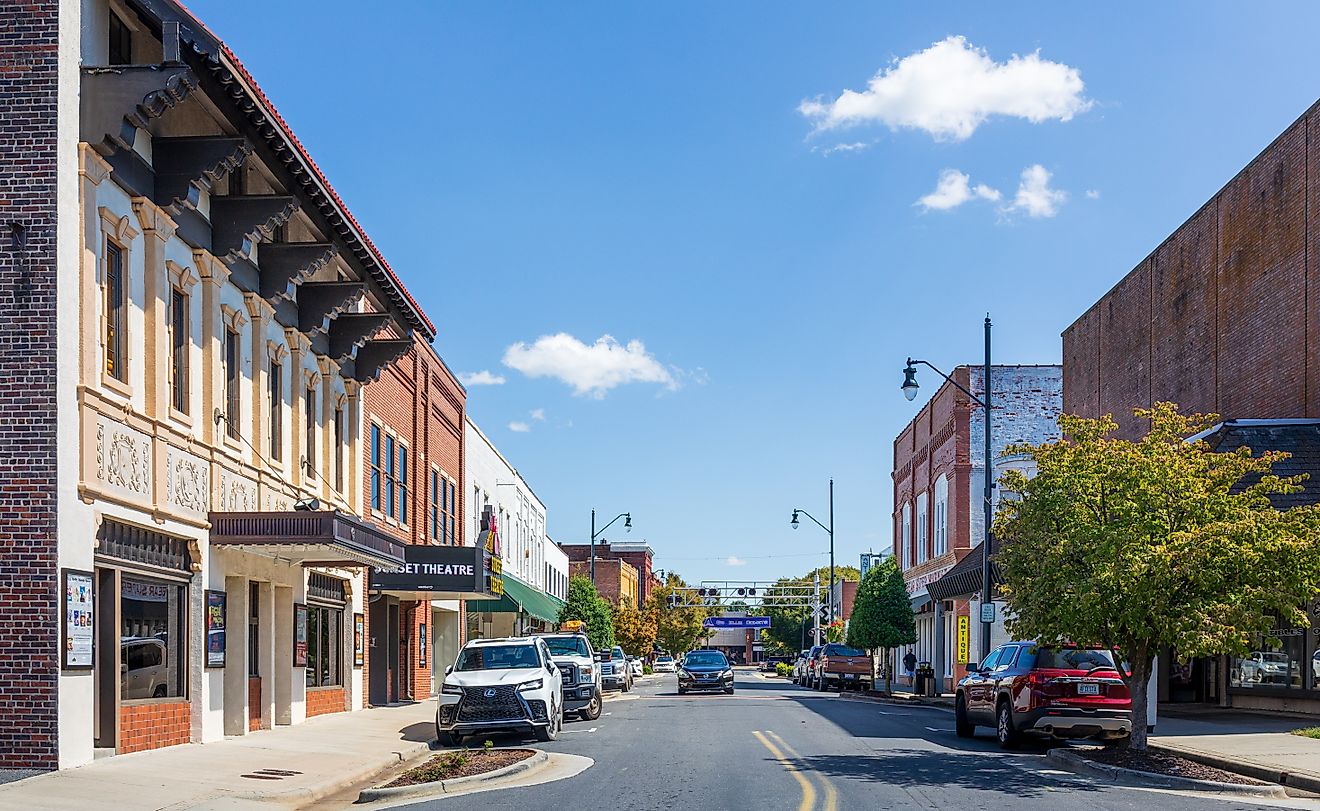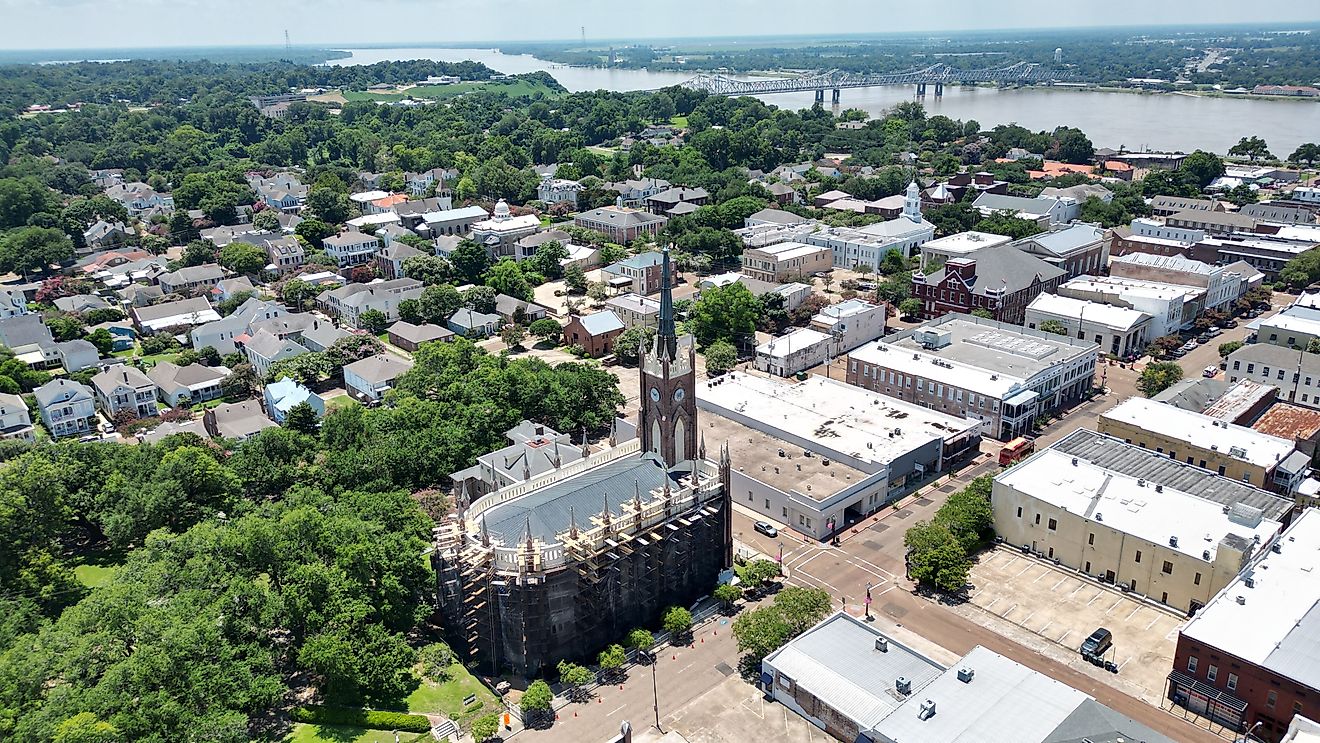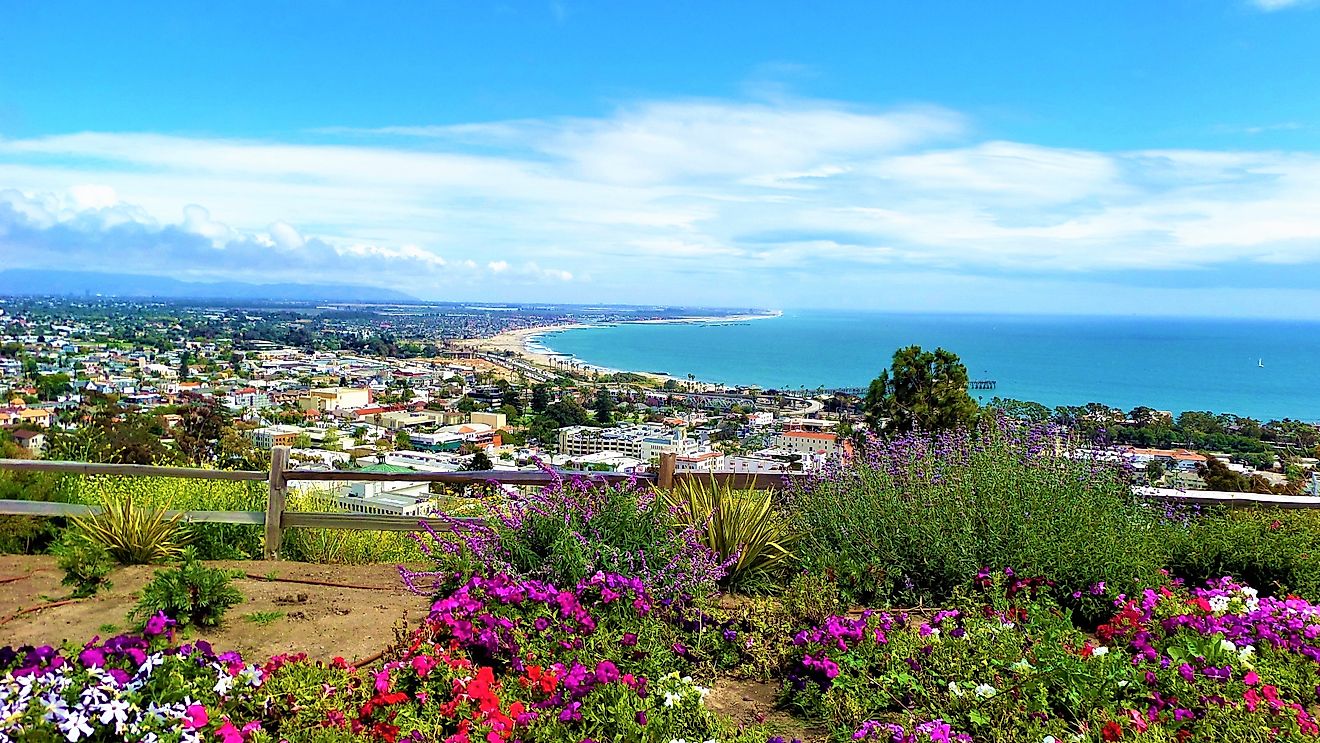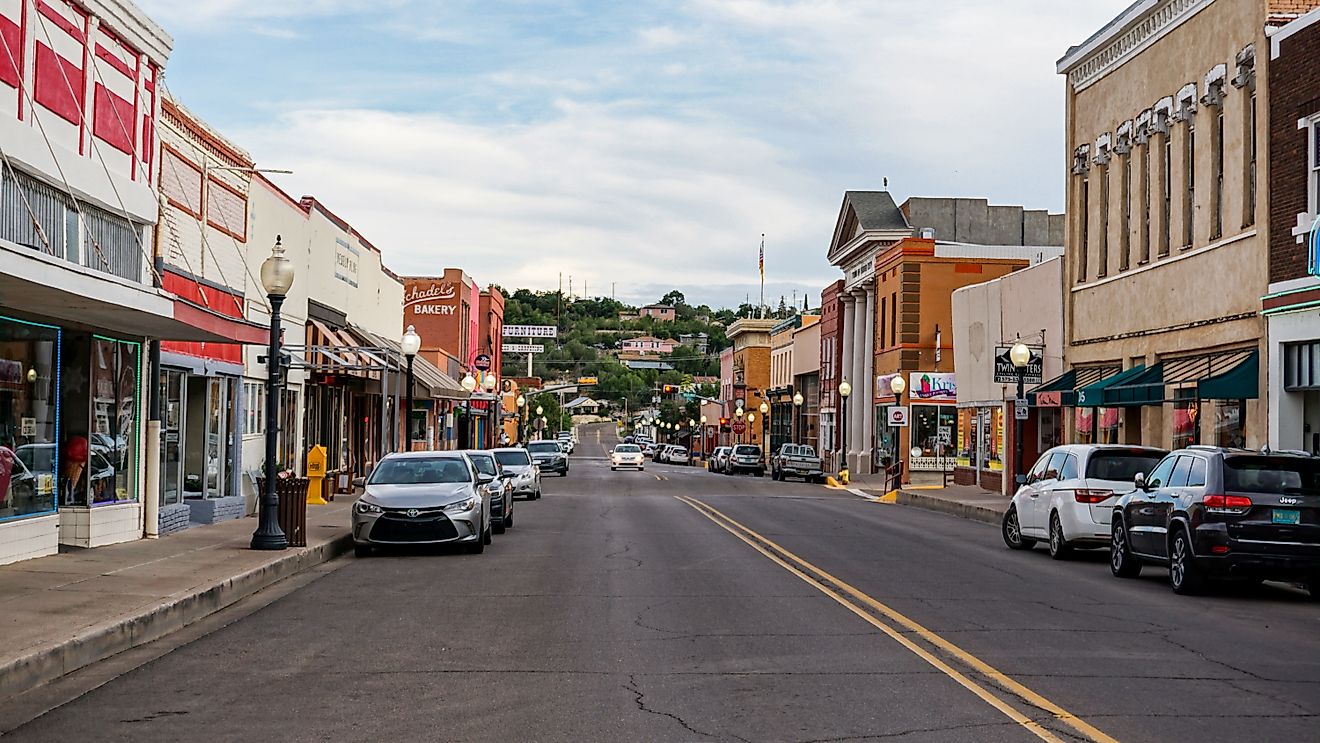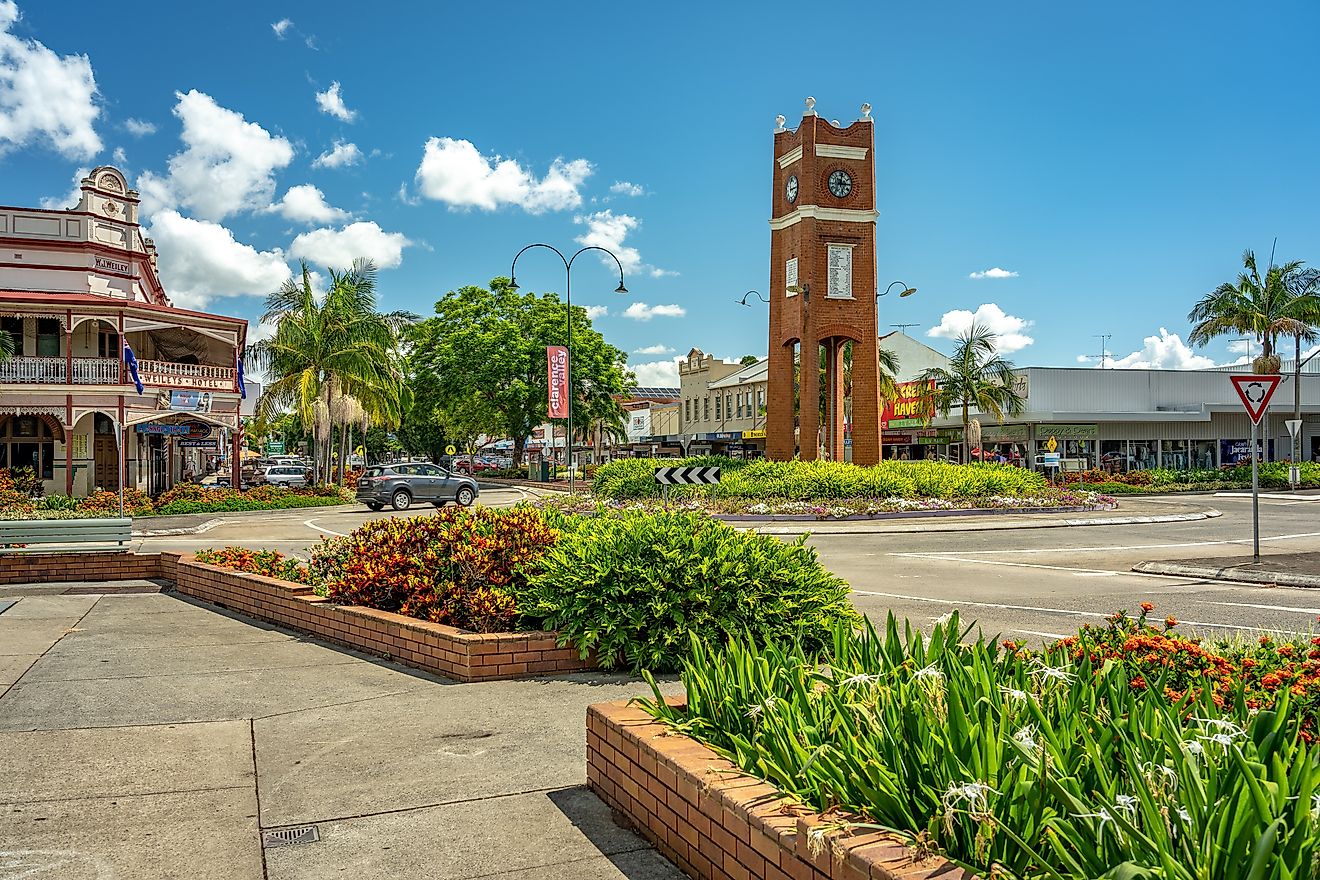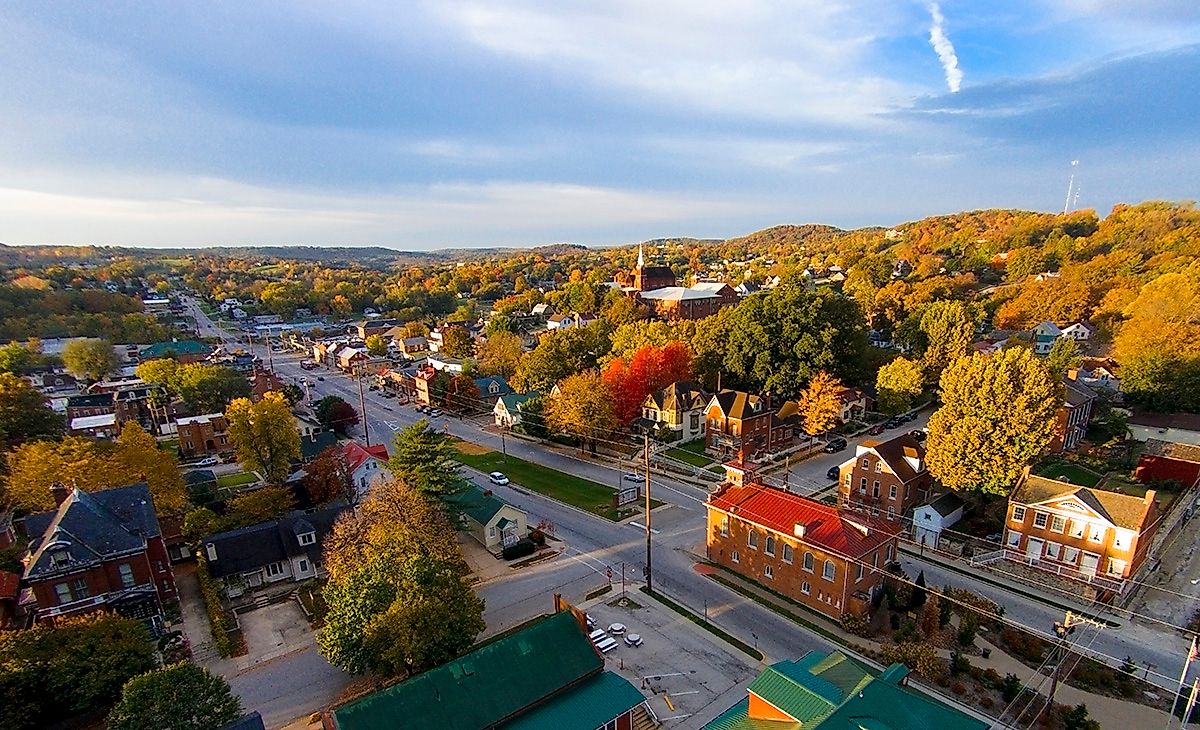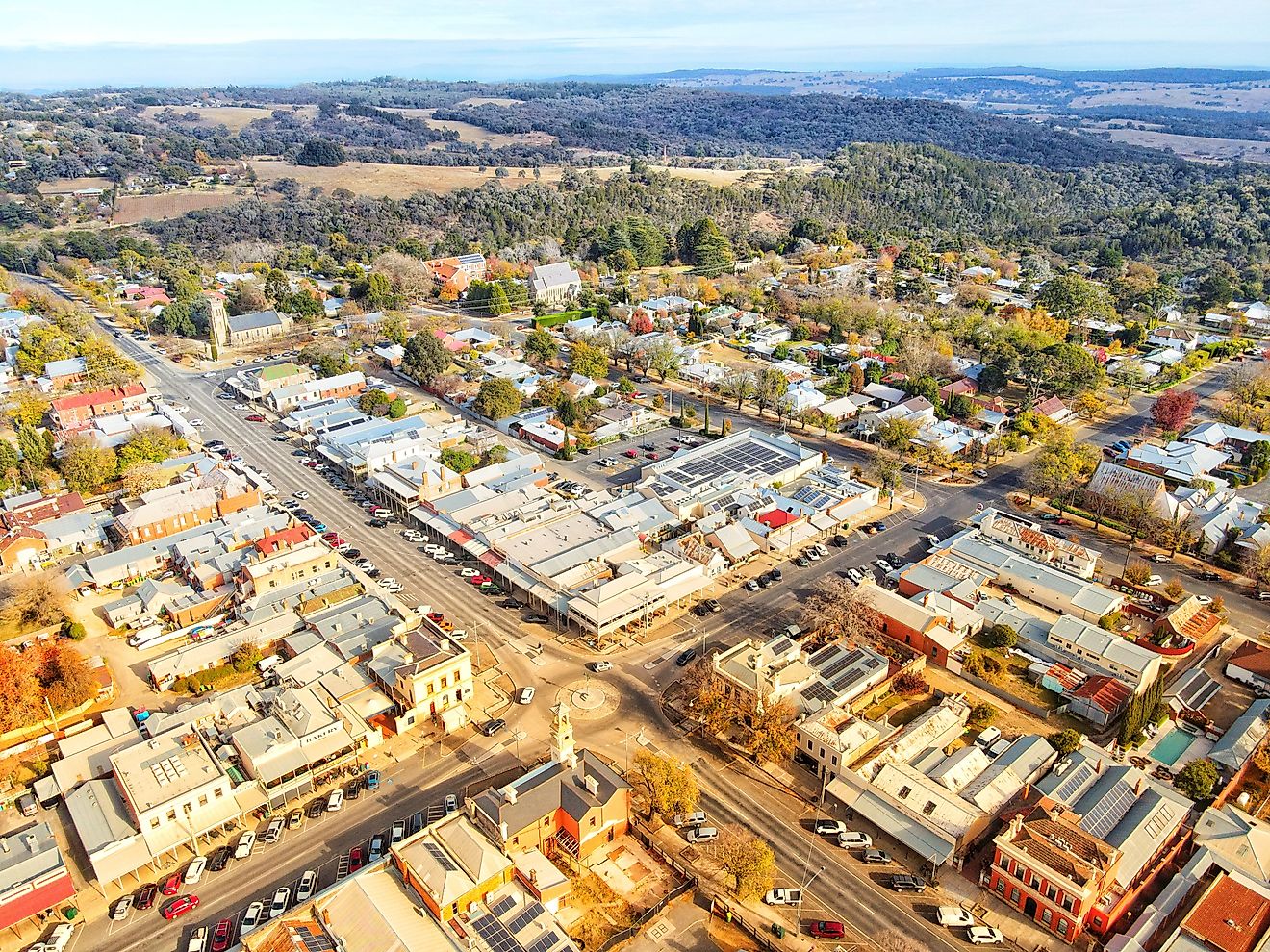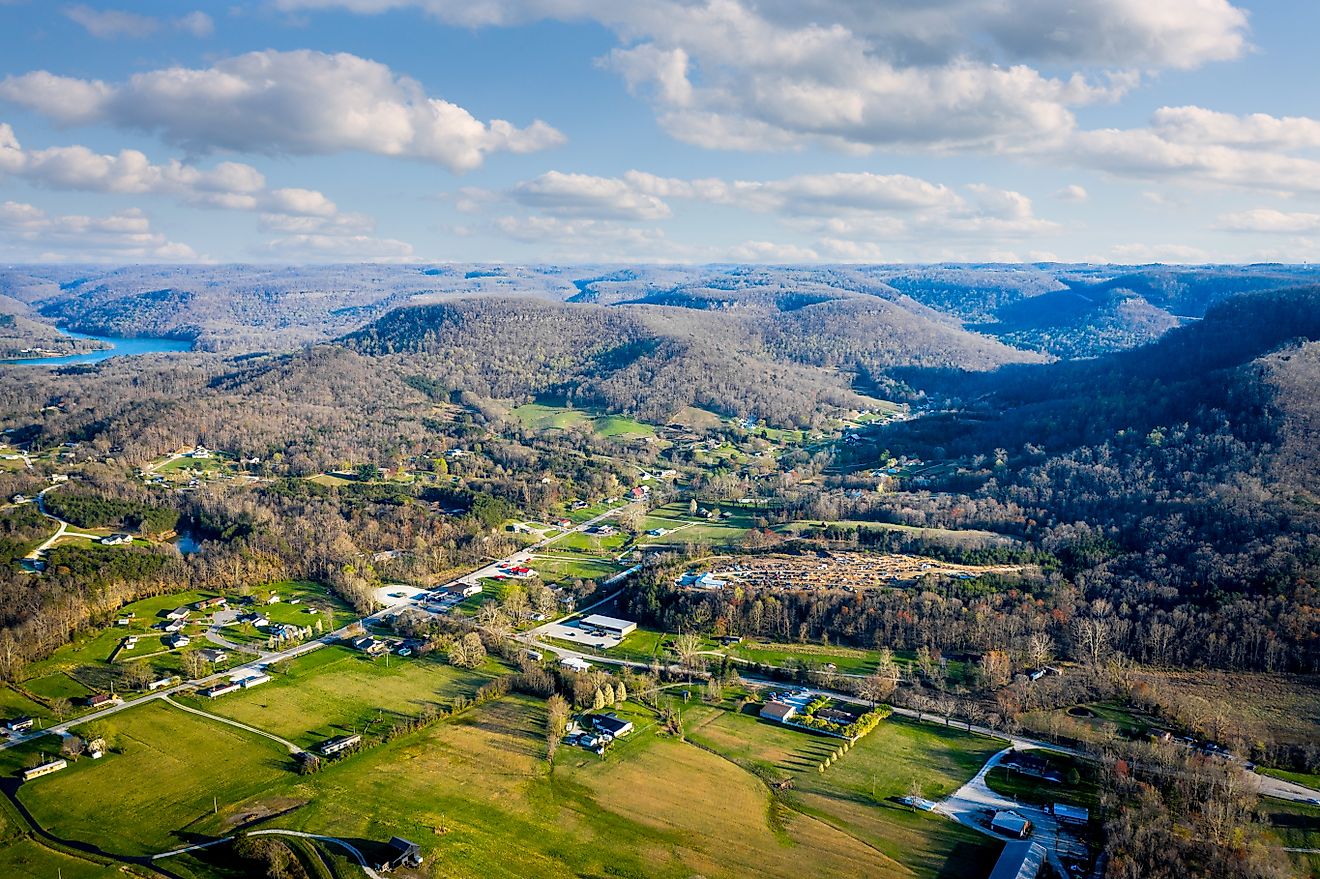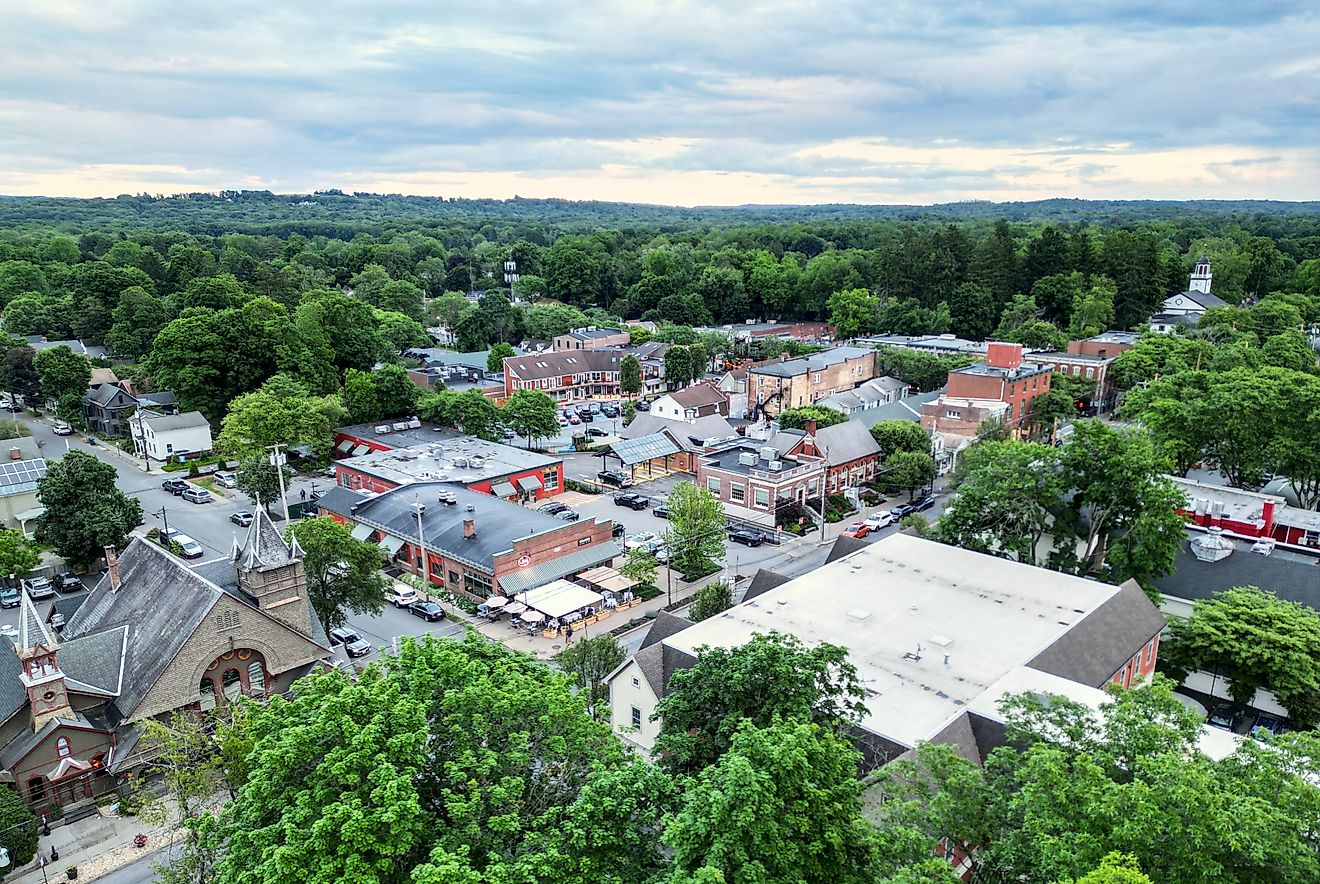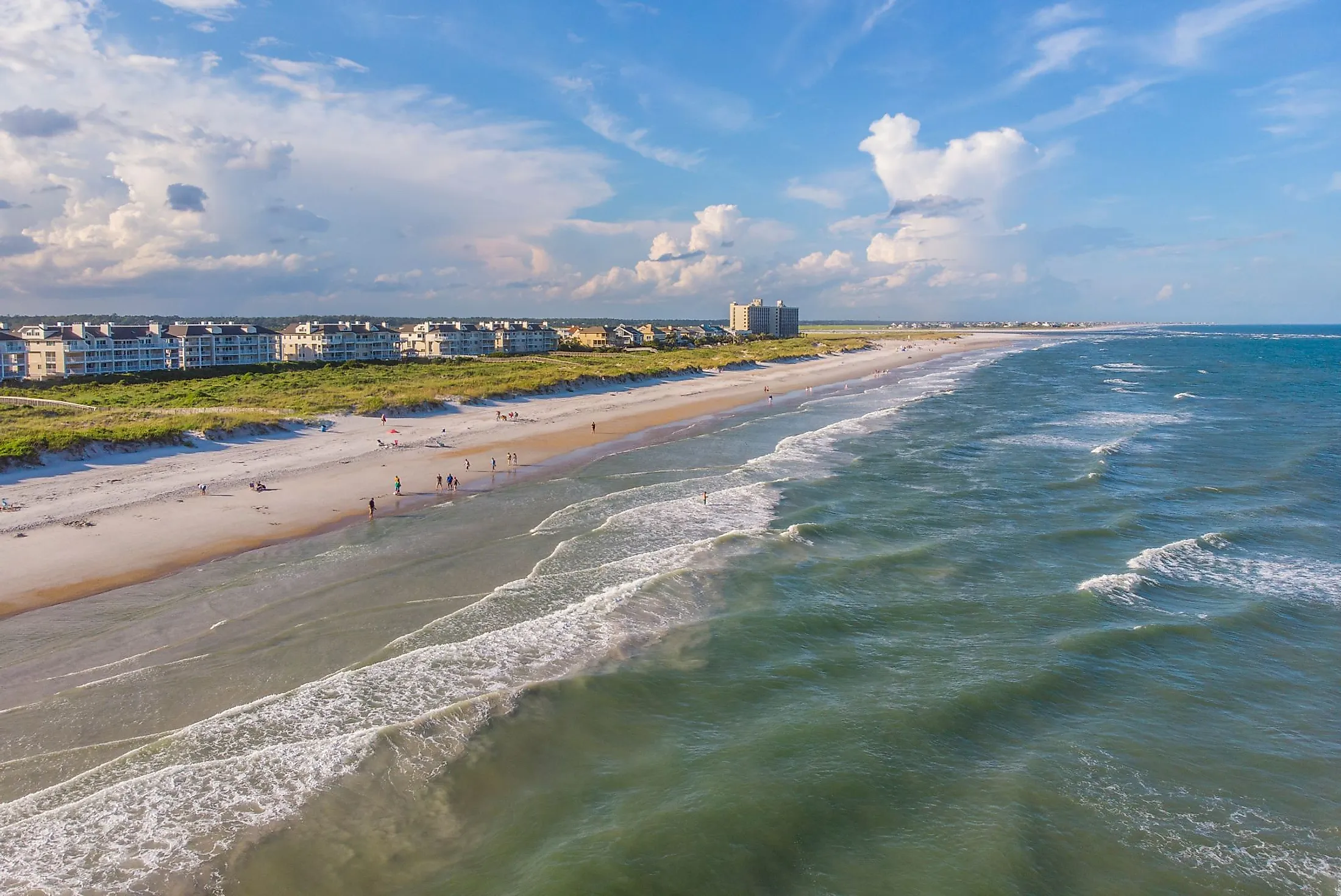
Wrightsville Beach, North Carolina
As an island destination sans the carnival feel, Wrightsville Beach offers the tranquility idyllic destination for one's next getaway from the megalopolis. The pristine and breathtaking stretch of white sand shores bounded by the sparkling waters of the beach and the Intracoastal Waterway is thoroughly enjoyed by locals and tourists alike in the pursuits of swimming, sunbathing, diving, fishing, surfing, and scenic strolls. The island also served as the filming location for Dawson's Creek TV Series. Established in 1852, the 4.7-mile long island has been attracting tourists for over a century, once only connected by a trolley system to Wilmington 12 miles away and now easily accessed by a drawbridge. Although an island destination, Wrightsville Beach retains the village-like feel for a beautiful sense of removal from society in a small-town setting, with the most accessible beach in North Carolina from Interstate I-40. Incorporated in 1899, the city's 2020 population comprised 2,516 inhabitants, with the number swelling over ten-some during the tourist season.
Brief History Of Wrightsville Beach
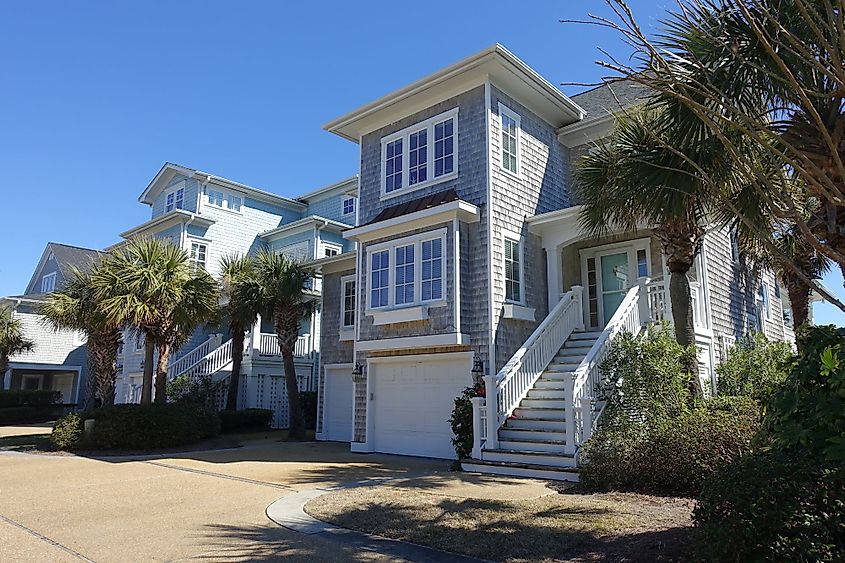
Named after a local realtor, Joshua G. Wright, the town was a summer retreat with only boat access and steam train before WWI, growing to become a quaint island community of restaurants, shops, marinas, and resorts. Initially owned by the State of North Carolina and known as New Hanover Banks, the island was split in two by an inlet (now filled in). The northern segment of Shell Island is the present-day site of the Shell Island Resort and high-end accommodations. Becoming a private property in 1791, the island remained uninhabited and visited only by hunters and fishermen until 1841. Still, with waters popular for sailing, the first structure on the island and the third oldest yacht club in the United States was built in 1853, known as the clubhouse for the Carolina Yacht Club.
In 1887, the town saw the construction of the Wilmington Seacoast Railroad along with a footbridge connecting to the Hammocks in the west, now known as Harbor Island. With more accommodations springing up, the rail line was extended in 1889, allowing visitors from Wilmington to flock to Wrightsville Beach in the summer. Ten years later, with only some 40 to 50 seasonal residents, the Town of Wrightsville Beach was incorporated, only to be destroyed later by a hurricane. It was rebuilt with a line of electric “Beach Trolley” in 1902, and by 1907, 8,700 arrived from Wilmington, New York, and other cities to settle. Lumina was built in 1905 as the first resort, boasting three floors of activities, including a bowling alley, a dance hall, and a shooting gallery, spread over 12,500 square feet, and expanded several times. Rebounded, the town finally built a road all the way from the mainland to Wrightsville Beach in 1935.
Fires In Wrightsville Beach
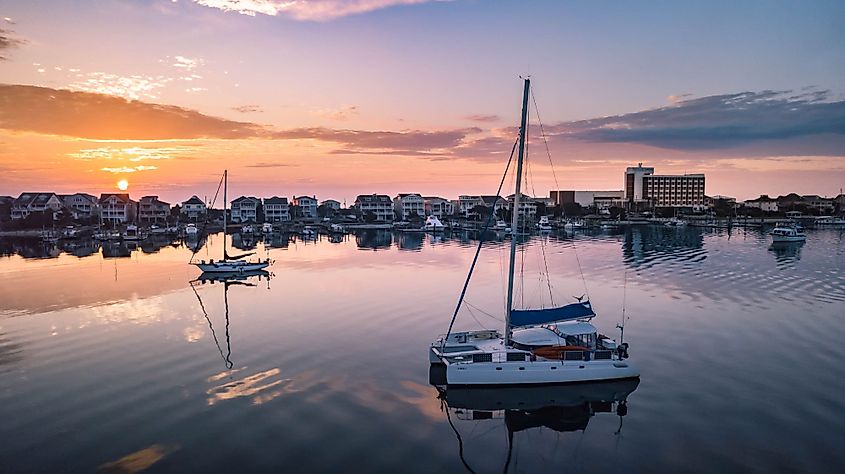
Located in the way of high winds, the area has always been vulnerable to fires, while the wood-framed houses and the initial lack of a fire department made the situation most detrimental for the town. The first grand fire occurred in 1894, destroying the 160-room Island Beach Hotel opened six years prior, along with its properties of a ballroom and a 4,300-square-foot pavilion for concerts and dancing. A poorly-equipped community of volunteer fire brigades formed around 1915. The second large fire took place in 1919, annihilating a building with 110 rooms and entertainment.
By 1926, the area boasted hotels, private cottages, bath halls, concessions, and a dance pavilion as the premier resort for African Americans, many of which got destroyed that June in a fire, with the resort being never rebuilt. The greatest fire destroyed most of Wrightsville Beach in 1934, while the modern fire engine came in the mid-1940s. After surviving the damage from Hurricane Hazel in 1954, the Ocean Terrace Hotel was ravaged by fire in 1955 and replaced by the Blockade Runner in 1964. Eventually, in possession of an entire fleet of fire trucks, Chief Everett Ward became the first paid firefighter in 1984.
The Doak Apartments, the Hanover Seaside Club building, and the Carolina Temple Apartments caught fire in the early winter of 1981 with Lieutenant Bill Ivins, Firefighter Jon Dennison (21), and Lieutenant Robert M. Wynn (28) volunteer firefighters attempting to stop it with a hose. Due to a severe flashover on the third floor, Robert Wynn was killed, and Jon Dennison was severely injured with second and third-degree burns. In 1983, Fire Chief Everett Ward suggested a memorial to Robert M. Wynn on the dock's area; with the suggestion adopted, today, the flag at Wynn Plaza is a tribute to Robert M. Wynn, maintained by the Wrightsville Beach Fire Department.
Geography And Ecotourism In Wrightsville Beach
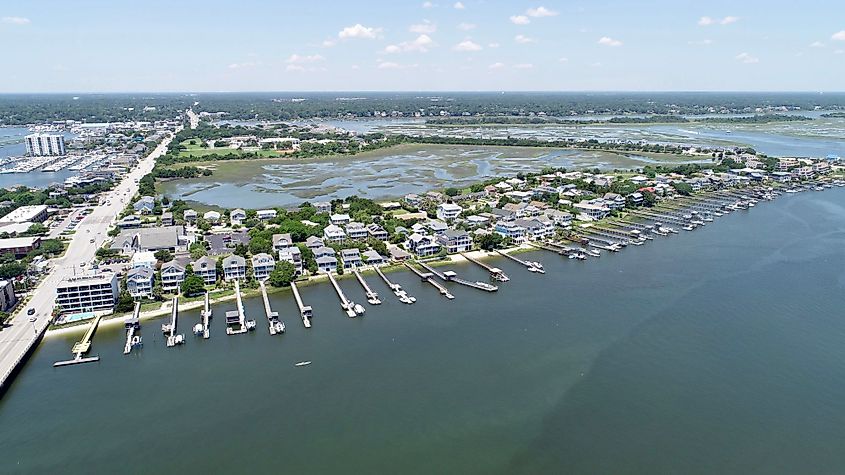
Separated by Mason Inlet from the Figure Eight Island to the north and by the Masonboro Inlet from the Masonboro Island to the south, Wrightsville Beach town covers a total area of 6.2 sq. km, with 2.8 sq. km comprising water. As a highly eco-touristic area rich in aquatic plant and animal life, one can explore the natural world from town via a kayak or a boat to the uninhabited Masonboro Island Reserve. Spreading for 5,653 acres, the protected barrier island is a pristine estuarine (deep-water and wetland tidal habitats) system containing many estuarine species, such as loggerhead and green sea turtles that nest on the beaches.
Wrightsville Beach, about 26 to 40 miles off its coast, contains a high concentration of the highly-valuable giant prehistoric Megalodon (prehistoric shark) teeth, measuring more than six inches, and found in only a few other spots in the world. The ancient river beds known as Megalodon tooth ledges that are now filled in with the ocean are a magnet to diving charters with advanced dives for more than 100 feet down. There is also a Mason Inlet Waterbird Management Area in the northern end of town comprising a 300-acre sanctuary with free guided tours sponsored by Audubon, North Carolina.
Tourism In Wrightsville Beach
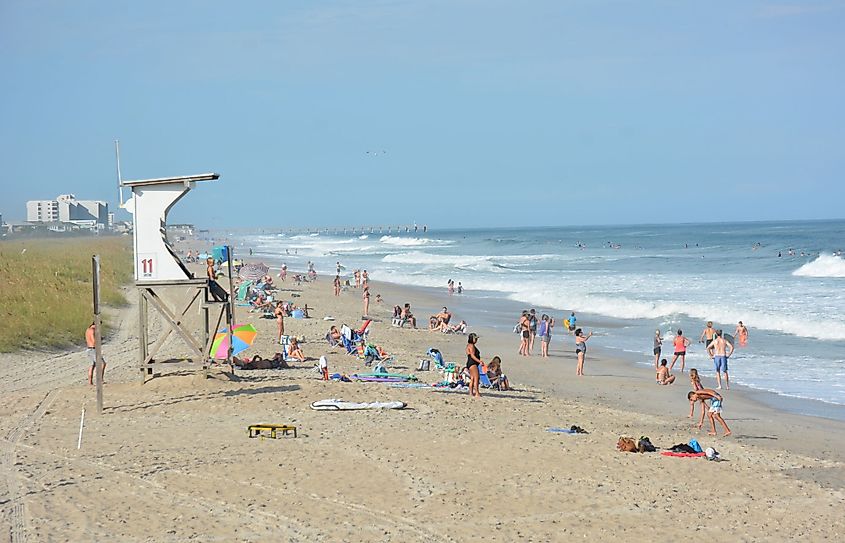
Everything on the island is easily accessible, from the activities to pursue the ample recreational opportunities throughout. There are churches, a museum, stores, and some excellent accommodations to spend the time in-between all the beach fun. The 2.45-mile athletic trail called The Loop circles the inner island around the public park and scenic marshes for an instant fill of one's fitness goals of walking, jogging, or biking. The beachside stores, along with the town's distinctive and welcoming shopping village, will satisfy shopaholics and bargain-hunters. The full-service marinas allow boaters easy access to the vast waters, along with the narrated scenic cruises along the Intracoastal Waterway for an interactive glimpse at the island's history. Among the vibrant waterfront nightspots, the town boasts some of the state's finest seafood restaurants along the coast, coming with unmatched oceanfront vistas and Intracoastal Waterway views.
The Wrightsville Beach Museum of History displays the town's quaint beach cottage life back in the early 1900s with artifacts and photographs. With the town established around the beauty and the lure of the ocean fishing, sailing, swimming, surfing, and dwellers, there is the Waterman’s Hall of Fame at the museum, paying tribute to generations of those who shaped the community closely bound to the waters. The Bradley-Latimer Summer House, Cape Fear Civil War Shipwreck Discontiguous District, Mount Lebanon Chapel and Cemetery, and James D. and Frances Sprunt Cottage are listed on the National Register of Historic Places.
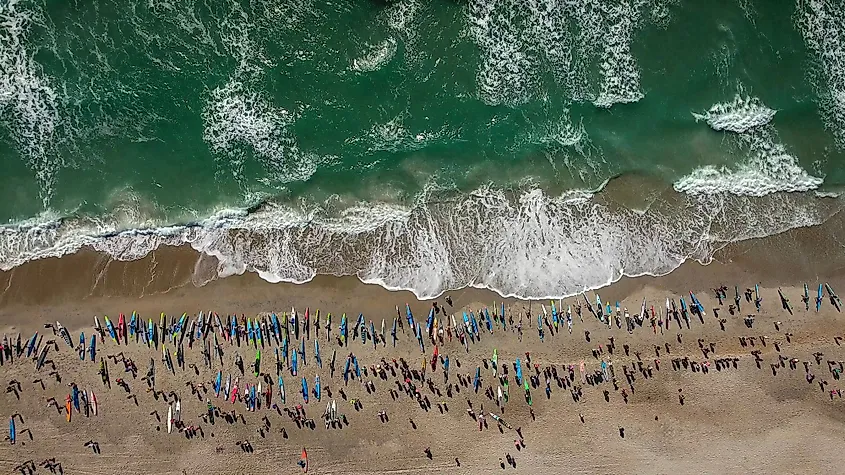
The several marinas offer yachts, fishing boats, sailboats, and other watercraft for charter, sightseeing, and evening cruises. One may be surprised to learn that Wrightsville Beach is the birthplace of surfing in the state, organized by Burke Haywood Bridgers and others in 1909, with the fact honored by the state Highway Historical Marker stating "Pioneer East Coast Surfing." The town pays tribute to its past by playing host to international surfing competitions, a multitude of surf shops, surfing lessons, and surf camps. The anchor location for the IRONMAN 70.3 North Carolina, Wrightsville Beach, also hosts the, elevated to 7-Star status, the Carolina Cup's 13.2-mile Graveyard Race, and several first-class fishing tournaments, such as the half-a-century-old Cape Fear Blue Marlin Tournament.
People flee to Wrightsville Beach for the unobstructed beach views, the five miles of soft sandy beach and crystal clear Atlantic Ocean on the east side of the barrier island, and the Intracoastal Waterway to the other side, promising to fulfill one's dream of any water sport pursuit. The town also attests to any tourist’s budget needs, with numerous vacation rentals and mesmerizing hotels. While the action-packed water activities include swimming, surfing, jet skiing, kayaking, canoeing, paddle-boarding, parasailing, boating, sailing, and fishing, the list expands to beach volleyball, biking, tours, concerts, restaurants, and more as one gets closer to the town's center.
In-Town
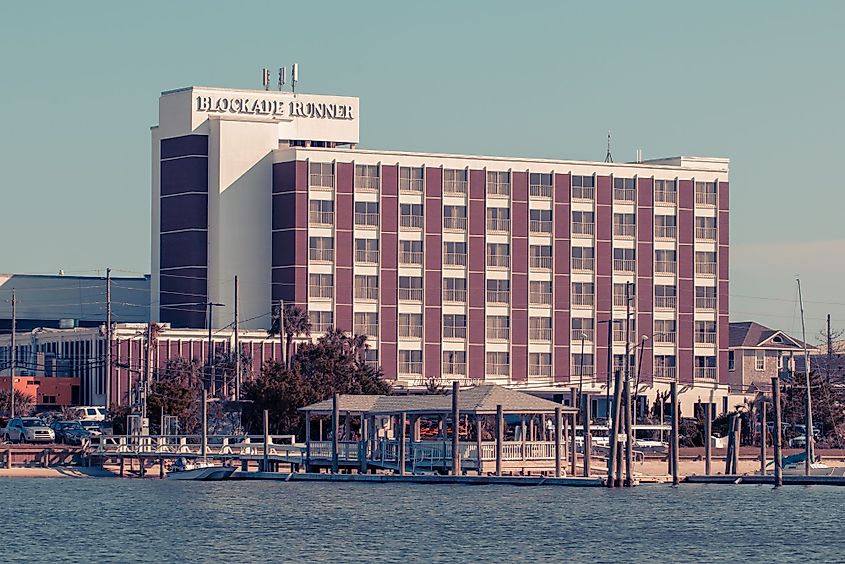
When not relaxing on the sun-kissed soft sand to the tranquil sounds of the blue waves breaking along the beach, one cannot pass visiting the town's center square bursting with restaurants and stores. The notable Redix department store opened in 1969 is a coastal shopper’s paradise visited by many celebrities while filming on location. The four historic cottages on the Wrightsville Beach Historic Square dating back to 1909 were uprooted and moved in the perfect preservation of the architectural history to give island visitors a glimpse at the beach life in the 1900s.
Moreover, each cottage hosts a non-profit organization, such as the Wrightsville Beach Museum of History, Fred and Alice Stanback Coastal Education Center, and Wrightsville Beach Visitor's Center. The Wrightsville Beach Visitor Center offers several parks for all ages with tennis courts, soccer fields, playgrounds, basketball courts, and trails. The atmospheric Harbor Way Gardens and Children’s Fountain is an atmospheric place to set the base for a day in the shade, for relaxation within the surrounding colorful native plants and flowers that please all senses.
The beachfront stores, surf shops, and boutiques with high-quality clothing, accessories, gifts, souvenirs, and unique handcrafts make the town a shopping mecca. The in-between waterfront and interior dining experiences specializing in fresh seafood also offer cuisines to satisfy any palette, including restaurants with top-notch breakfasts and coffee. The commercial districts provide lively evenings and vibrant nightlife with various bars, taverns, and restaurant lounges.
From clear blue ocean waters and soft sand under feet to the varied activities in nature, Wrightsville Beach is a perfect getaway for outdoor enthusiasts. The water-bound location and the vibrant island town’s streets with countless boutiques, shops, and restaurants are perused by the friendly natives and vacationers who come back year after year.

